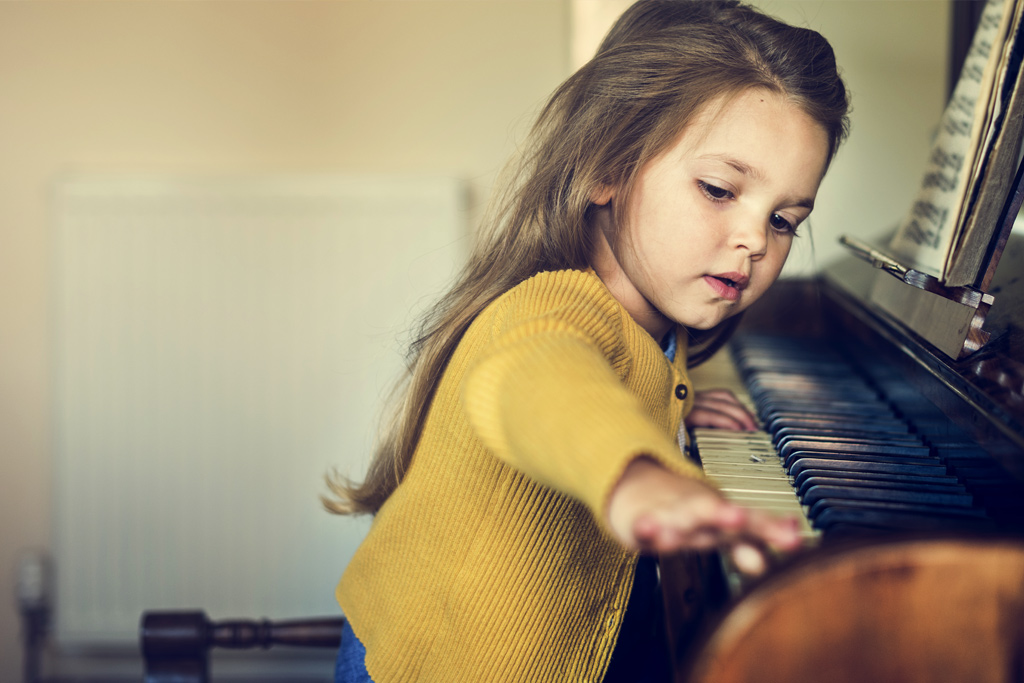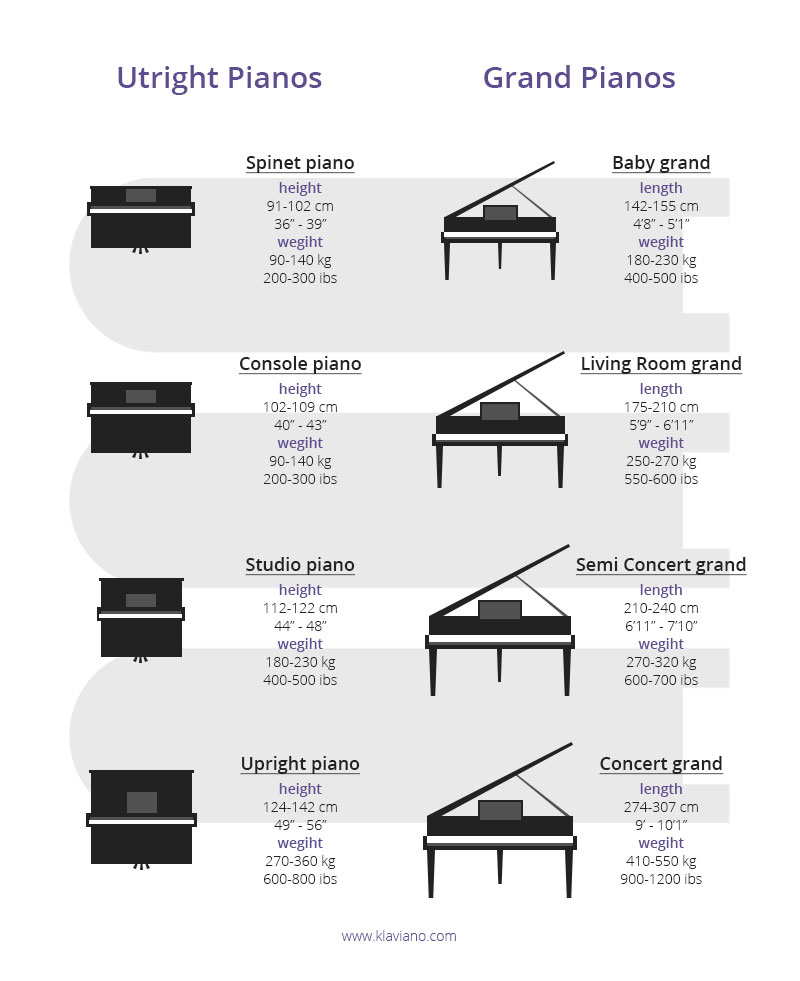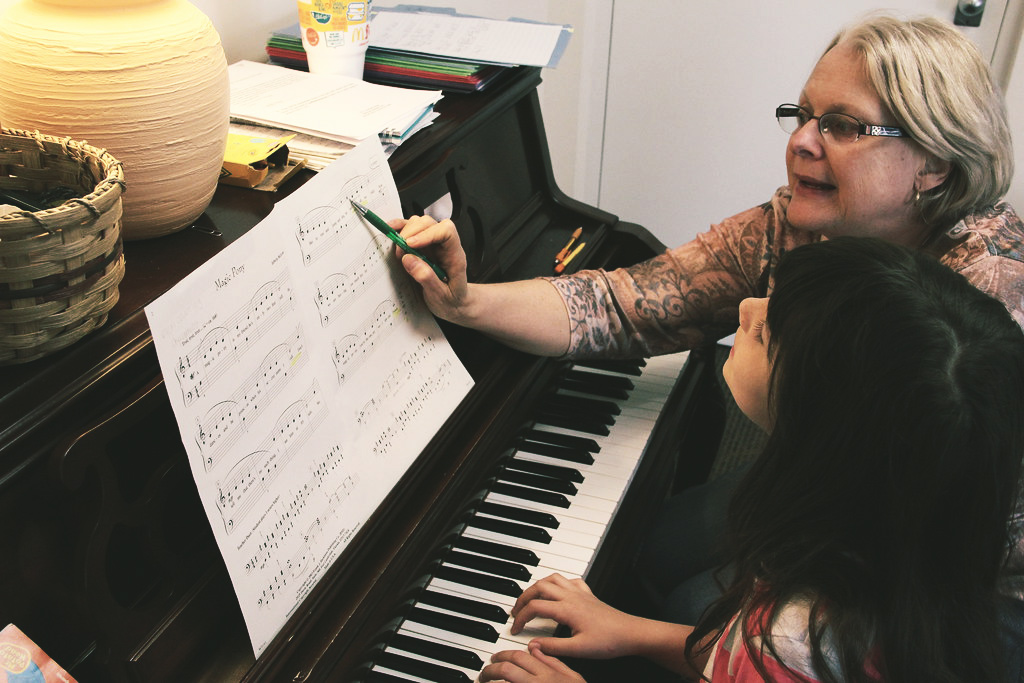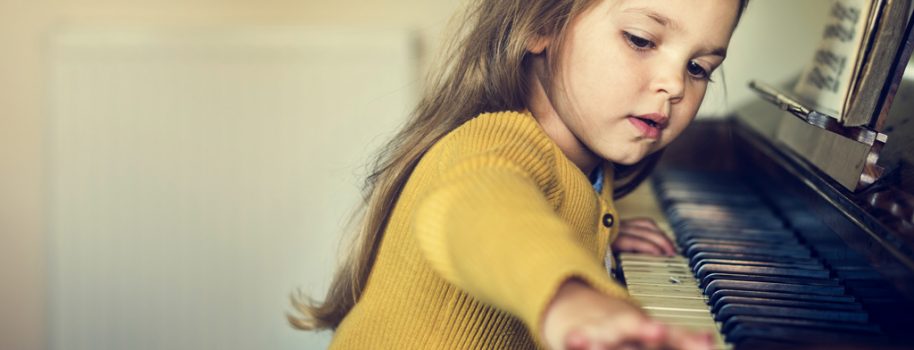Many parents are in a dilemma as to which piano to choose from the numerous options available. When kids start learning to play, we are often afraid to invest in an expensive piano to start with. After all, we don’t know whether the child will drop out right at the beginning. This makes us delay the purchase decision or choose a cheap keyboard. Explaining to ourselves that it is better than nothing. Economically, this may seem a sensible solution. But not necessarily from the point of view of the child’s learning and motivation.
When should a kids start piano lessons?
Starting piano lessons is an exciting step. Children can start learning the piano from a very young age. With some suggesting starting lessons as early as around three years old. However, it is never too late to start. Older children often learn quickly due to their developed cognitive and motor skills.

Supporting a child’s musical aspirations with a quality instrument and regular lessons is very beneficial to their development. Playing the piano enhances self-expression, builds confidence, improves concentration, hand-eye coordination and memory.
Which piano to buy for your kids?
Playing the piano is not just about pressing the keys with your fingers. Getting the hand position right and developing the right technique is a challenge for any student. If you care about your child’s musical education, a keyboard is not the best choice. It is a device with light keys, no resistance and no possibility of dynamic playing. That’s why we skip it completely in this article. An acoustic or digital piano is definitely a better choice for serious learning at home. Each has its advantages and disadvantages, which you will find detailed in the table below.
Acoustic piano
| Advantages | Disadvantages |
| Beautiful, natural sound | Difficult to carry |
| Hammer-action keys | Requires regular tuning |
| Full-size keyboard (88 keys) | Takes up some space |
| Great decorative element | Requires suitable storage conditions |
Digital piano
| Advantages | Disadvantages |
| Basic versions are inexpensive | Lower sound quality |
| Easy to carry, takes up less space | Different feel of playing on the keyboard |
| Do not require tuning | Models with performance similar to acoustic pianos are more expensive |
| Many sounds of different instruments |
Which acoustic or digital piano is better for children to learn to play? This is a rather broad topic that arouses considerable excitement among parents, teachers or future pianists alike. You can read more about this topic in our article Acoustic or digital piano.
The best piano for kids, or perhaps a grand piano….
The size of the piano you choose depends mainly on the available space in your home. Pianos are usually about 150 cm (59″) wide and 60 cm (24″) deep, with a varying height of 95-135 cm (37″-53″). The weight of the piano varies between 100 and 300 kg (220-661 Ibs), depending on the height of the piano. Larger pianos usually produce a fuller and louder sound somewhat reminiscent of a grand piano. This is all due to the larger soundboard and longer strings.
If you have a little more space available then you may want to consider buying a grand piano. The smallest pianos start at around 142 cm (4’8″) in length, are similar in width to grand pianos and are around 100 cm (39″) in height with the lid closed. The lightest pianos weigh around 180-200 kg (396-441 Ibs). The larger the piano, the better the sound quality.

If your budget does not allow you to buy a new piano. Remember that you can look for used piano models, which very often are also offered by piano salons. Such a purchase will not only save you money. But will also give you the assurance that the piano you are buying is in working order, properly cared for and in tune.
Buying a piano, what to bear in mind
Consulting a piano teacher or an established piano stores owner before you buy can provide many valuable tips. They can help you test out different pianos and advise you on which will be best for your child’s needs and your budget. When testing pianos, make sure you play each key and listen to the sound quality with and without the damper pedal depressed. Pay attention to the action of the keys and whether your child can press them comfortably. The piano should have a good volume range from quiet to loud, allowing for dynamic expression when playing. What else should you look out for when buying a piano? Read the 5 things to keep in mind when buying a piano.

Where to position the piano for kids
Another important aspect is the placement of the piano in the home. Ideally, it should be in a quiet, dedicated area where your child can practise without distraction. Avoid placing it in high traffic areas where it could compete with other activities or noise. Remember that there are also pianos on the market with a silent system. Which allows you to play an acoustic piano with headphones. This feature is a real life changer for beginner pianists. It allows you to practise for long periods of time, even late into the night. Without exposing yourself to household members or neighbours.
Summary
Choosing the perfect piano for your child is a thoughtful process. That requires you to consider a variety of factors, from the type and size of piano to the appropriate placement in your home or the size of your budget. If you do decide to buy a piano, make sure it is in full working order and well-tuned. It doesn’t have to be the most beautiful model or immediately top of the range. The key is that the instrument meets the right standards, supporting your child’s development as a pianist. With the right instrument and support, your child can begin a rewarding and enriching musical journey.


